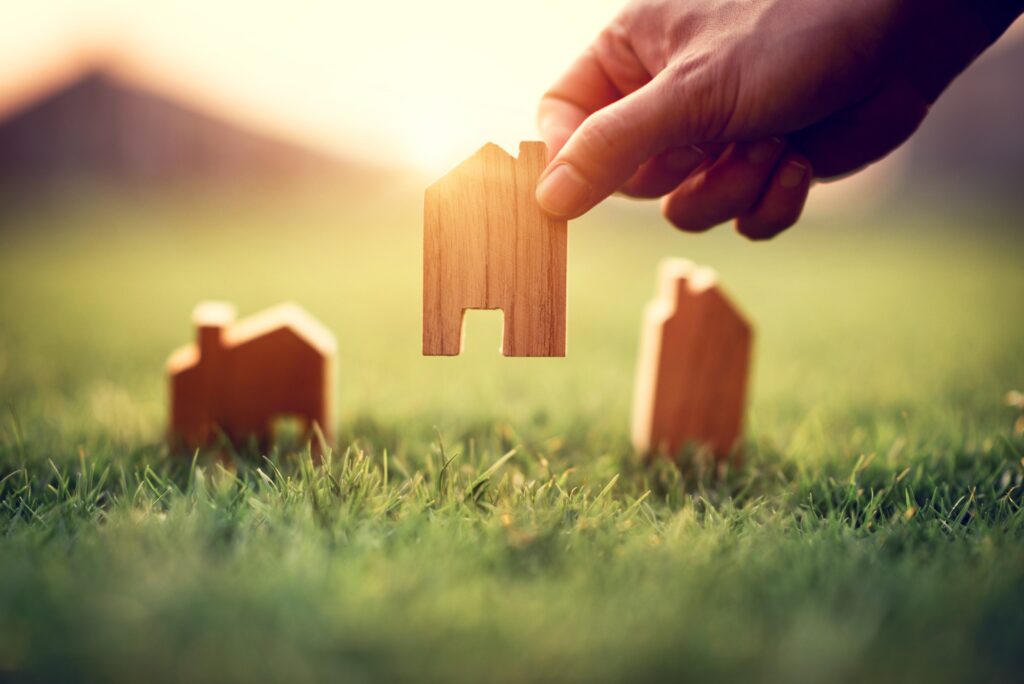No products in the cart.

Innovations in Brick Technology: Building a Sustainable and Strong Future
The brick, an essential building material with roots in ancient civilizations, has experienced remarkable advancements over recent decades. Today, innovations in brick technology are reshaping the industry, offering new solutions for strength, sustainability, and design. At Tasnim Tav, we’re committed to providing customers with the latest in brick technology to enhance durability, aesthetics, and environmental efficiency in their projects.
Eco-Friendly Bricks: A Path to Sustainability
As environmental concerns grow, the demand for eco-friendly construction materials has skyrocketed. Eco-bricks or green bricks are among the latest breakthroughs, engineered to minimize environmental impact.
- Recycled Materials: Some modern bricks are made from recycled materials such as fly ash, construction waste, and reclaimed clay. These eco-bricks reduce the need for raw materials, minimizing the strain on natural resources.
- Reduced Carbon Footprint: By using innovative manufacturing techniques, companies are producing bricks that consume less energy and emit fewer pollutants. For instance, some bricks are now made using cold fusion technology, which requires significantly less energy than traditional kiln firing.
- Biodegradable Additives: Some manufacturers incorporate organic additives, like rice husks or sawdust, which create tiny air pockets in the bricks. This makes them lighter and more insulating, reducing energy consumption in buildings over time.
Advanced Fire Resistance for Enhanced Safety
Fire-resistant bricks are no longer solely for industrial settings—they’re now a go-to choice for residential and commercial structures. By incorporating materials like alumina and silica, firebricks provide:
- High Thermal Stability: Advanced fire-resistant bricks maintain their structure even under extreme heat, making them ideal for high-risk environments like factories, furnaces, and fireplaces.
- Versatility in Design: These bricks come in various colors and styles, enabling them to be used in diverse projects without compromising aesthetics.
Aerated and Insulated Bricks: Improved Energy Efficiency
With a focus on reducing energy costs, insulated bricks and aerated concrete bricks have become popular in modern construction. These bricks feature air pockets that enhance thermal efficiency, helping to retain heat in colder climates and cool air in warmer ones. Some types of insulated bricks include:
- Autoclaved Aerated Concrete (AAC): AAC bricks are lightweight and contain trapped air, which provides excellent insulation. They’re also fire-resistant and easily cut, making them ideal for diverse construction projects.
- Insulated Concrete Bricks: These bricks contain insulation materials like polystyrene and polyurethane, embedded during manufacturing. They’re effective in reducing heat transfer, thereby lowering building energy costs.
High-Strength and Lightweight Bricks: Optimizing Performance
Builders and engineers often require materials that combine strength with lightweight properties to make construction faster and more efficient. New types of bricks have been developed with these factors in mind, making them easier to transport and install.
- Ultra-High-Performance Concrete (UHPC) Bricks: These bricks are incredibly strong, ideal for load-bearing walls and high-rise buildings. They can withstand greater pressure than standard bricks, enhancing the structural integrity of projects.
- Porous and Hollow Bricks: For projects where weight is a factor, porous or hollow bricks provide a lighter solution. They are easier to handle, reducing labor costs and construction time while still providing a strong, durable material for building.
Aesthetic Advancements: Colors and Textures for Modern Design
Modern brick technology isn’t just about performance—it also addresses aesthetic demands. With today’s manufacturing techniques, bricks are available in a variety of colors, textures, and finishes, providing architects with endless design options.
- Colored Bricks: Pigments and natural clays create bricks in a wide spectrum of colors, from deep blacks to vibrant reds and serene whites. These options allow builders to achieve both traditional and contemporary looks.
- Textured Finishes: Textured bricks, like those with rough or glazed surfaces, add depth to facades and create eye-catching patterns. This innovation in surface design caters to modern architectural trends without sacrificing durability.
Smart Bricks: The Future of Construction
Smart bricks represent a leap forward, combining advanced technology with traditional materials. These bricks come embedded with sensors to monitor structural health, temperature, and humidity in real-time, which is useful in maintaining building safety and longevity.
- Monitoring Sensors: By tracking structural integrity, smart bricks can alert building managers to any potential damage, like cracks or water seepage, before it becomes a significant problem.
- Energy Generation: Some smart bricks incorporate solar cells, allowing them to generate electricity. This energy can be used to power lights or other devices, creating more sustainable, self-sufficient buildings.
Conclusion
Innovations in brick technology are reshaping the construction landscape, offering solutions that prioritize sustainability, efficiency, and aesthetics. At Tasnim Tav, we’re proud to provide bricks that embody these modern advancements, giving our customers materials that stand up to contemporary demands. Whether you’re looking for eco-friendly options, enhanced fire resistance, or innovative designs, our range of high-quality bricks will bring lasting value to your projects.
FAQ Section
Q1: What makes eco-bricks more sustainable than traditional bricks?
Eco-bricks are often made from recycled materials and use less energy in their manufacturing process. They reduce reliance on natural resources and minimize carbon emissions, making them a more environmentally friendly choice.
Q2: Are insulated bricks more expensive than regular bricks?
Insulated bricks may have a higher upfront cost, but they often result in significant energy savings over time, making them a cost-effective choice for energy-conscious buildings.
Q3: What is the advantage of using fire-resistant bricks in residential construction?
Fire-resistant bricks add an extra layer of safety by maintaining their structure in high temperatures. They are ideal for fireplaces, outdoor ovens, or any setting where heat exposure is expected, making homes safer and more durable.
Q4: What are smart bricks, and how are they used?
Smart bricks are equipped with sensors to monitor temperature, humidity, and structural health. They are commonly used in high-tech building projects and are an innovative way to maintain building safety and sustainability over time.

